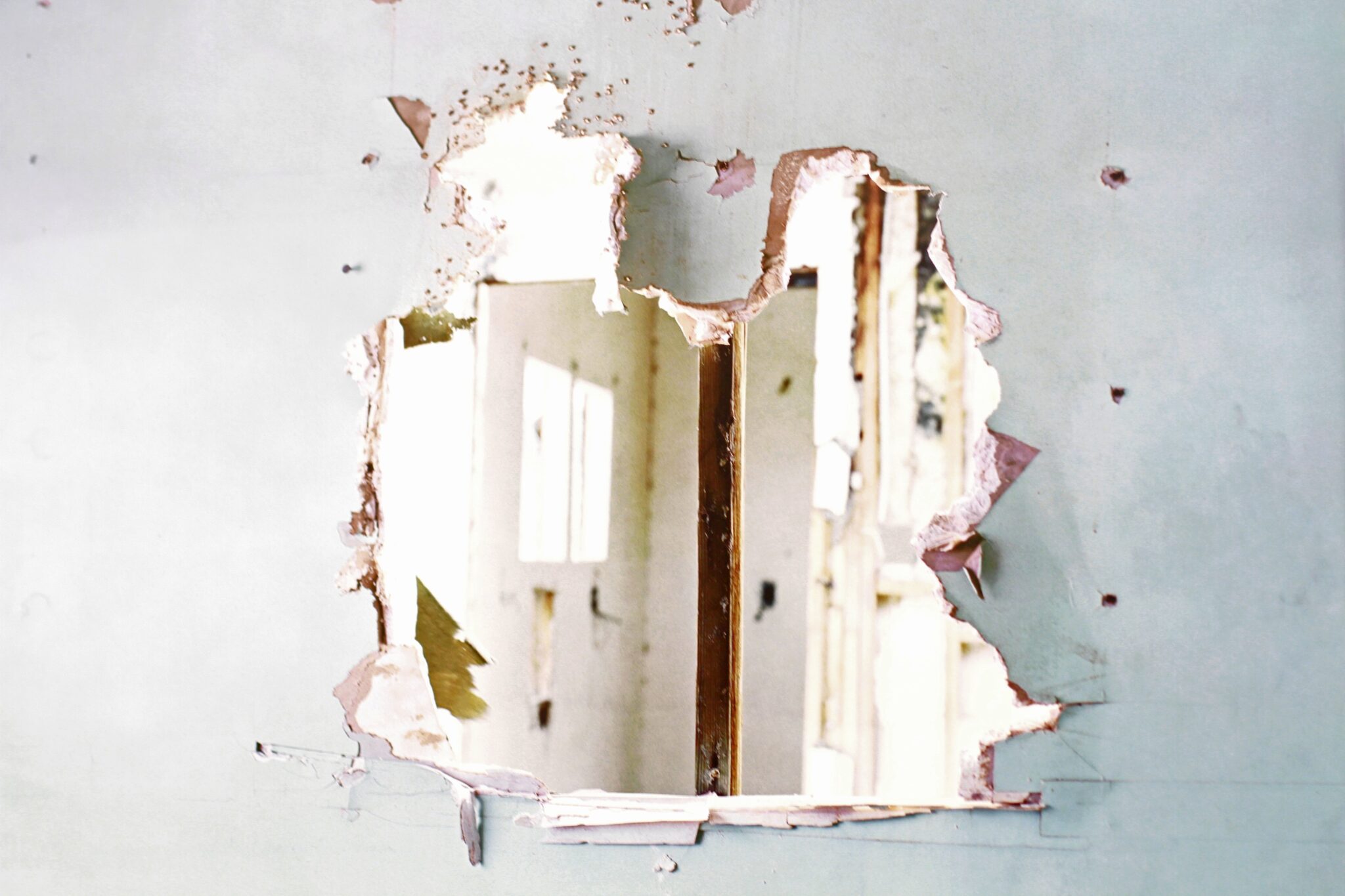How to Deal With Tenant Damages
One of the biggest worries you might have as a landlord is that a tenant may do significant damage to your rental property. The security deposit is there to help in such cases, but it’s important to take steps to prevent possible damage and to know what your recourse is should you need to make repairs.

Wear and tear vs. damage
As the landlord, you’re responsible for “normal wear and tear”. Paint is going to fade, wall switches are going to break, carpet is going to wear down, and the like. These things happen over time, and that’s what you set aside maintenance money for in the first place.
Damage is another story. Sometimes it’s deliberate, sometimes it’s unreasonable use of the property, or sometimes it’s accidental. Whatever the cause, extreme amounts of dirt, stains, broken windows, and the like fall under the responsibility of the tenant, and both you and the tenant need to be involved in fixing things.
Work to prevent damage
In an ideas world, you wouldn’t need to deal with damage because you’d prevent it from happening in the first place. There are a few ways you can go about preventing damage:
- Do maintenance and repair work when the apartment is vacant. Taking some time between tenants to replace things that may break or make small repairs that could turn into bigger issues will make a large difference. It’ll be hard to see, since you can’t count the accidents that don’t happen, but know that the payoff is there in keeping accidental damage from happening.
- Remind the tenant of their responsibility. Even before they sign the lease, make sure that they understand who is responsible for what. Knowing that they can be responsible for costs ahead of time can lead to them having a more cautious approach to things in the property, which should save you some repairs down the line. It may not be ideal to sound adversarial from the beginning, but clearing things up early on can save many problems down the line.
- Point out things they need to take care with. When moving in, especially if the property has older fixtures, windows, etc., point out where the tenant is going to want to take special care to prevent damage from happening.
When damage occurs
If you receive word from your tenant that something at the property has been damaged, that’s actually a good sign. If they’re forthright enough to let you know, they’re likely going to work with you for an amicable solution. If the repair is a small one, provide the tenant with the name and contact information of a reputable repair person with reasonable rates, and explain that this will be paid out-of-pocket by them. Help the tenant solve the problem in the most expedient and low-cost way possible. If you have an account at a paint store or hardware store that gives you a discount, for example, send them there.
If you find the damage on your own, you’ll need to notify the tenant. Begin by reminding them of their responsibility and offer suggestions for how the problem could be fixed by them, including a referral to a repair person.
If the damage is more than a tenant can pay on their own or if they are unresponsive, arrange for the repair yourself. Hire a contractor, get it repaired, pay them yourself, and bill the tenant for the costs.
No matter how you discover the damage or work through it, make sure to document what happened. Having pictures of the damage isn’t often necessary, but can help greatly in the worst case scenarios.
Payment
If you have had to assume the cost of repairs and billed the tenant, be reasonable about getting payment from them. If they’ve been responsive, you can set a due date or even a payment plan to make sure they get it paid. Remind them that they can take the cost of the repairs out of your security deposit if you’re not paid, and if it exceeds the security deposit, send an itemized list of the repairs and a bill for the overage. In the worse-case scenario, if your tenant refuses to pay for damage beyond the amount of the security deposit, you can give them a Notice to Comply or Quit.
Potential damages to a property go with the landlord territory but are never pleasant. Doing your best to alert tenants to their responsibilities before they move in can help; knowing the process to follow if harm does occur can keep you from getting stuck with the bill.
Photo by Lujia Zhang on Unsplash

